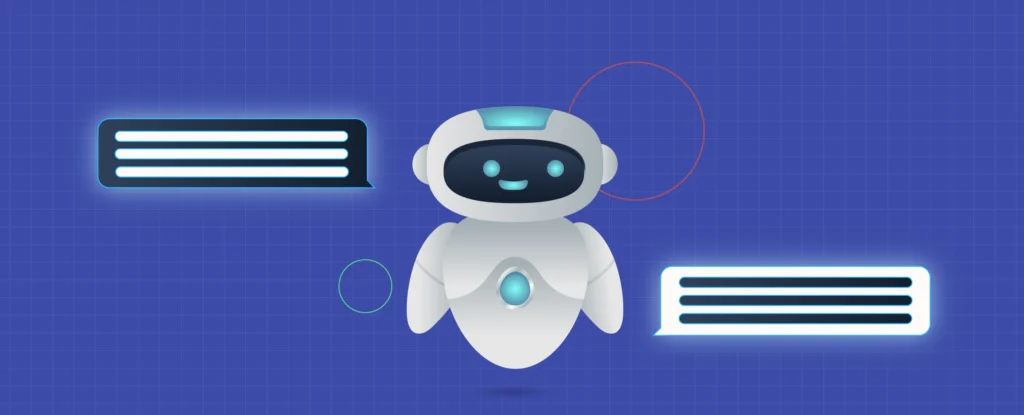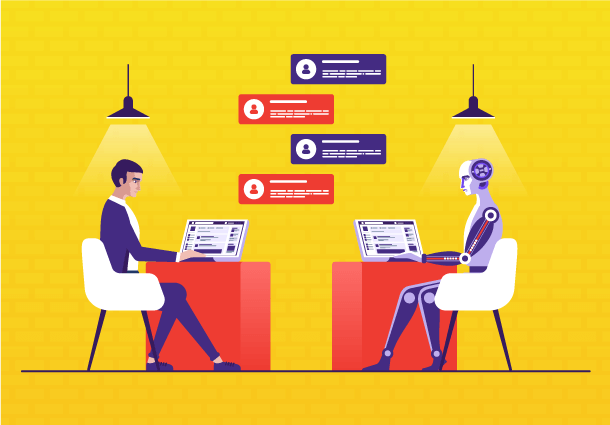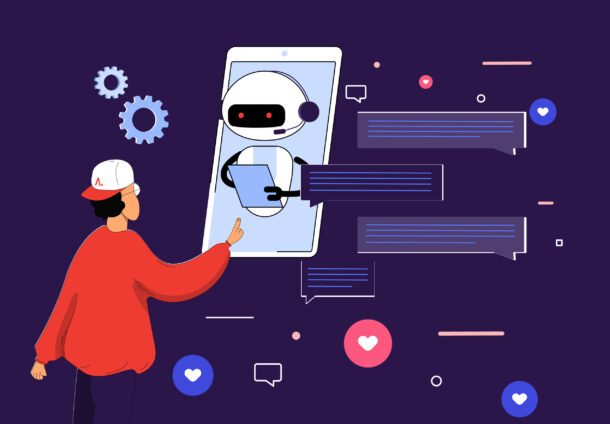Helming the Nebulous Realm of Python Chatbot Enchantments
Have you ever wondered what it takes to make a chatbot show some signs of life and respond like a real person? Explore the world of Python chatbot development, where each line of code you compose will assist you with making chatbots that are more than just programs, they’re living, breathing entities. Your backstage pass to that world is this aide.
We’ll go through the intriguing universes of Python programming, natural language processing, 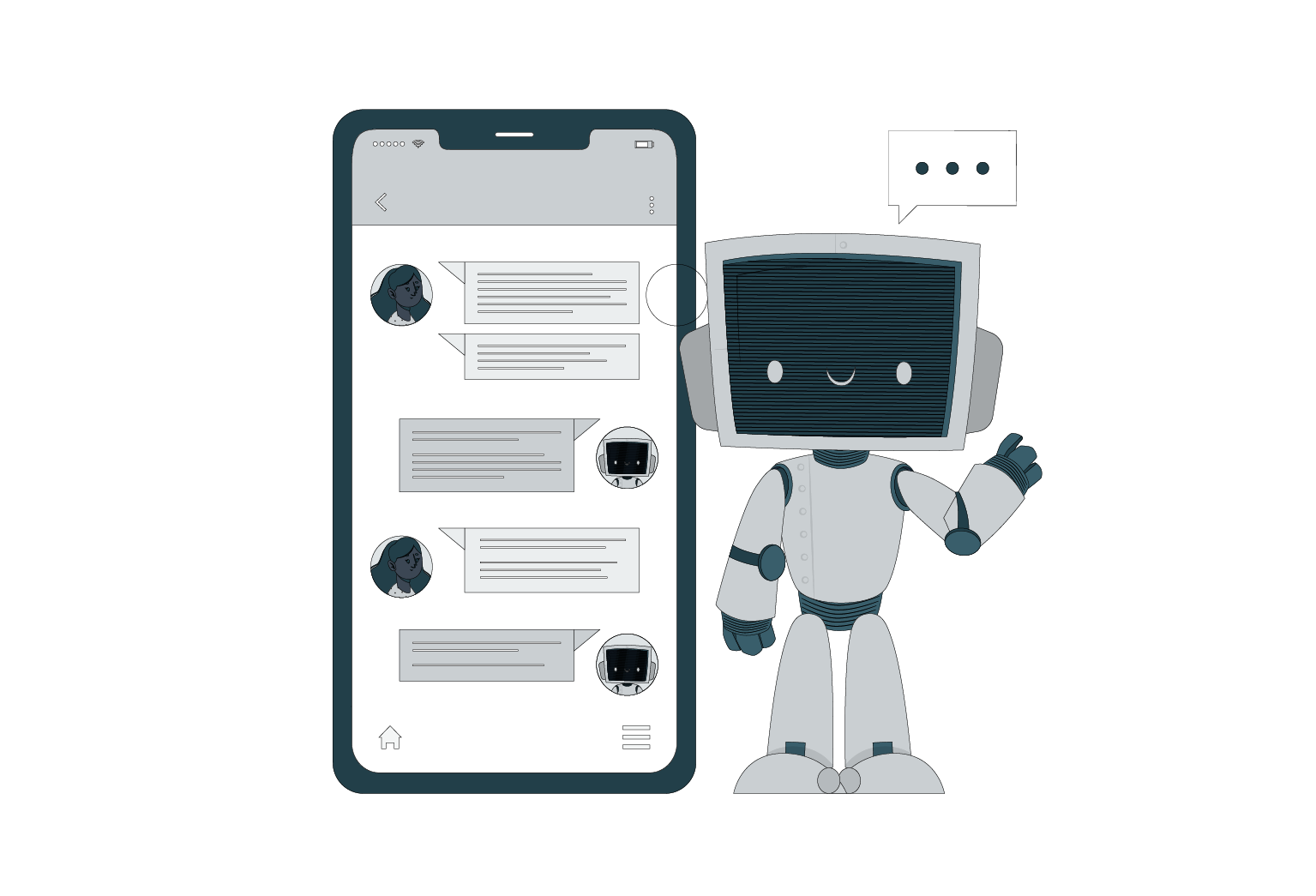 and artificial intelligence on this excursion of disclosure. But do not be alarmed, this isn’t a labyrinth for the powerless of the heart. All things considered, it’s a beautiful journey through the virtual universes where you will make a Python chatbot that can grasp both the nuances and syntax of spoken language.
and artificial intelligence on this excursion of disclosure. But do not be alarmed, this isn’t a labyrinth for the powerless of the heart. All things considered, it’s a beautiful journey through the virtual universes where you will make a Python chatbot that can grasp both the nuances and syntax of spoken language.
We start our process by diving into the secrets of chatbots using Python, the versatile language that fills in as the establishment for many technological wonders. Python is the sorcerer’s wand you’ll use to rejuvenate your chatbot manifestations given its strong libraries and elegant simplicity. The intricacy of human language is unraveled by calculations in the field of natural language processing (NLP), which we will explore in depth next. We’ll open the secrets of sentiment analysis, entity recognition, and tokenization, giving you the assets to empower your chatbots to accomplish something other than talk, they will want to fathom and feel feelings.
But there’s still more! This guide guarantees a vivid encounter loaded with learning, experimentation, and the joy of creating intelligent conversations, no matter what your experience level as a developer. That being said, are you ready to explore chatbot development using Python? Together, let’s set out on this astonishing excursion!
Engaging Python’s Chatbot Complexity and Conversational Cacophony
Python chatbots utilize a blend of machine learning and natural language processing (NLP) techniques to understand user inquiries and provide conversational responses. It is an automated conversational agent intended to impersonate human communication. Generally, a Python chatbot as a rule starts by preprocessing client input.
Tokenization is utilized in this, separating the input text into more modest pieces like words or phrases. From that point onward, the bot applies natural language processing (NLP) methods like sentiment analysis, named entity recognition, and part-of-speech tagging to these tokens. These strategies help in the chatbot’s perception of the user’s message’s context, intent, and sentiment.
From that point forward, the chatbot produces a reasonable response by using machine learning models. These models range from clear rule-based systems to refined deep learning models such as transformers or recurrent neural networks (RNNs). 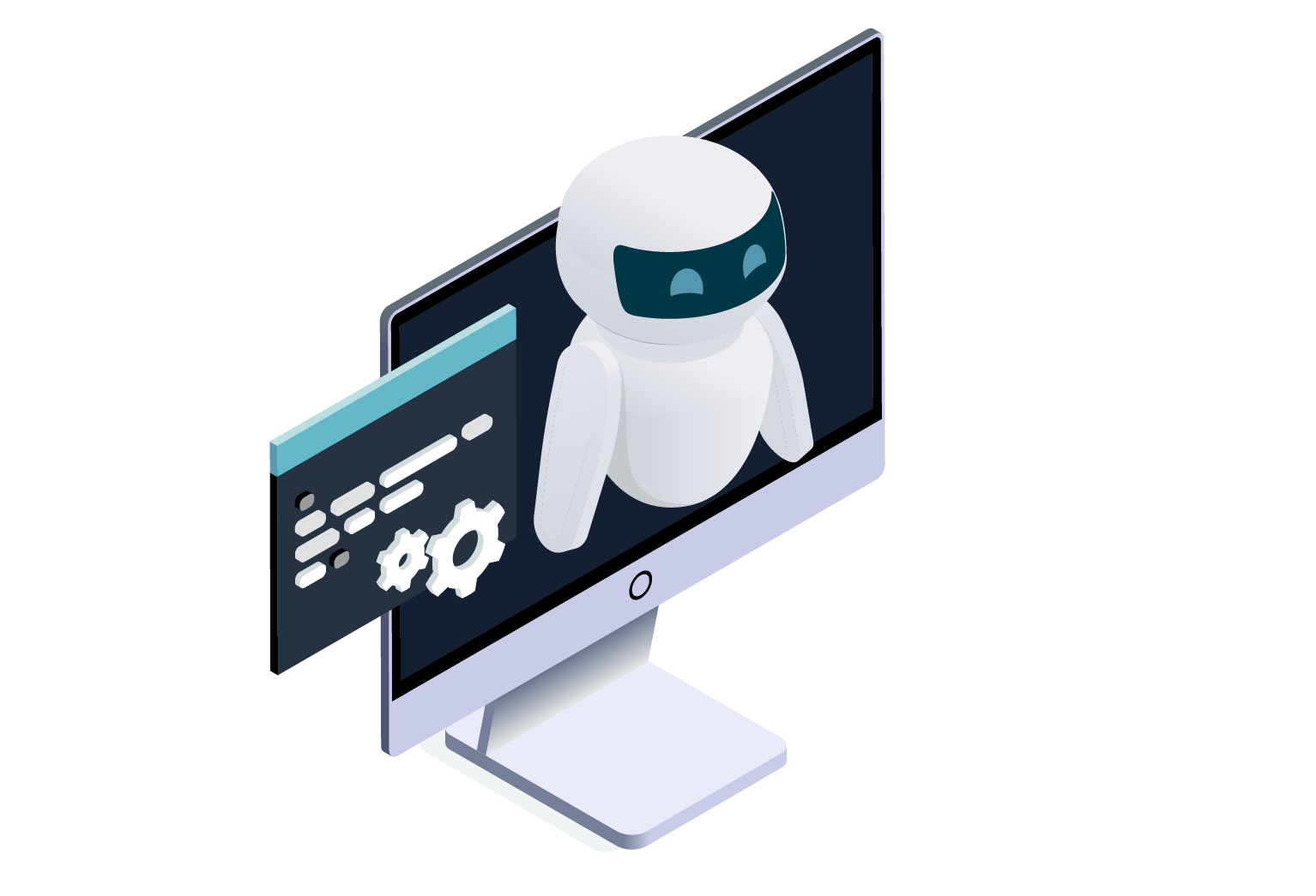 Rule-based systems create responses concerning pre-established patterns and rules, while machine learning models gain from information to deliver more logically pertinent reactions. A chatbot should be prepared by giving it a great deal of conversational information to work with. This data might start from various spots, including specialized datasets, internet forums, and customer service logs. During this training stage, the chatbot figures out how to connect input patterns with applicable responses.
Rule-based systems create responses concerning pre-established patterns and rules, while machine learning models gain from information to deliver more logically pertinent reactions. A chatbot should be prepared by giving it a great deal of conversational information to work with. This data might start from various spots, including specialized datasets, internet forums, and customer service logs. During this training stage, the chatbot figures out how to connect input patterns with applicable responses.
When a user engages with the chatbot at runtime, the trained model examines the info, draws relevant data from its knowledge base on a case-by-case basis, and produces a response. The client is then shown this response, giving the feeling that they are having a meaningful conversation. Moreover, chatbots can be joined with third-party APIs to complete specific capabilities, for example, retrieving meteorological data, scheduling appointments, or making recommendations according to user preferences. Therefore, chatbots using Python work better and are more helpful in practical situations.
Journeying Through the Fantastical Realms of Bot Implementations
Robots, or “bots,” as they are more generally called, have become vital for a wide range of real-world applications across industries, changing how organizations run and further developing client encounters. Customer service is one prominent space in which bots sparkle. Organizations use chatbots on their sites and social media pages to offer shoppers quick help by responding to frequently asked questions and assisting users with procedures. This ensures steady accessibility for clients worldwide and diminishes the workload for human specialists.
The field of medical services is where Python chatbot tracks down significant applications. Medical bots are made to help medical experts by doing diagnostic analysis, interpreting patient data, and even supporting surgical procedures with robotic systems. These automated systems speed up medical procedures as well as increase accuracy and lower error rates, which ultimately brings about better patient outcomes.
Chatbots are utilized in the finance industry to perform tasks like algorithmic trading, fraud detection, and customer support in banks. By quickly analyzing vast amounts of financial data, they can recognize patterns that highlight fraudulent activity, safeguarding financial organizations and their clients. Moreover, trading bots use speed and precision to make the most of market opportunities by executing trades following predefined calculations.
One more industry that advantages from chatbots with Python is education. Through the arrangement of customized study materials, real-time feedback, and an appraisal of students’ strengths and shortcomings, educational chatbots can customize growth opportunities. Learning results and student commitment are improved by this individualized methodology.
Furthermore, the utilization of bots in supply chain and logistics management is developing for order processing, route optimization, and inventory tracking. By automating repetitive tasks and using data analytics, they further develop proficiency, lower costs, and streamline operations. Bots have various real-world applications in different enterprises. In the ongoing digital era, their ability to robotize processes, break down information, and deal with personalized experiences makes them fundamental devices that spur efficiency and development across a scope of businesses.
The Quintessence of Python Libraries for Charismatic Chatbot Craftsmanship
There are numerous libraries accessible in Python that are extremely useful for making chatbots with various elements. Requests, BeautifulSoup, ChatterBot, Telepot, and Tweepy are a couple of the significant libraries. For chatbots with Python that should speak with web services or APIs, Requests is a hearty HTTP library that makes the most common way of sending HTTP requests in Python simpler. It makes dealing with cookies, overseeing headers, and sending GET and POST requests simple for engineers.
For chatbots that need to recover information from sites, BeautifulSoup is a popular web scraping library. It simplifies it to explore and remove specific information from site pages by offering tools for parsing HTML and XML documents. With the assistance of the conversational AI library ChatterBot, programmers can build chatbots that can have significant discussions in natural language. Creating reactions in light of input text makes the chatbot more intelligent and human-like using machine learning algorithms.
A Python chatbot library called Telepot is utilized to make Telegram bots. Developers can make bots that can send messages, get updates, and do various tasks within the Telegram platform with its easy-to-use interface for collaborating with the Telegram Bot API. Interestingly, Tweepy is a library made particularly for connecting with the Twitter API. It is ideal for chatbots that incorporate Twitter since it makes tasks like tweeting, retweeting, following users, and accessing Twitter data easier.
The Wondrous Wonders of ChatterBot Library Revealed
A conversational dialog engine built on Python, the ChatterBot library empowers developers to construct chatbots that can process natural language. Its motivation is to mirror keen client discussions by deciphering client input and producing relevant responses. The modular and extensible architecture of the ChatterBot library is one of its essential highlights; it empowers developers to modify and further develop the chatbot’s functionality without any problem. 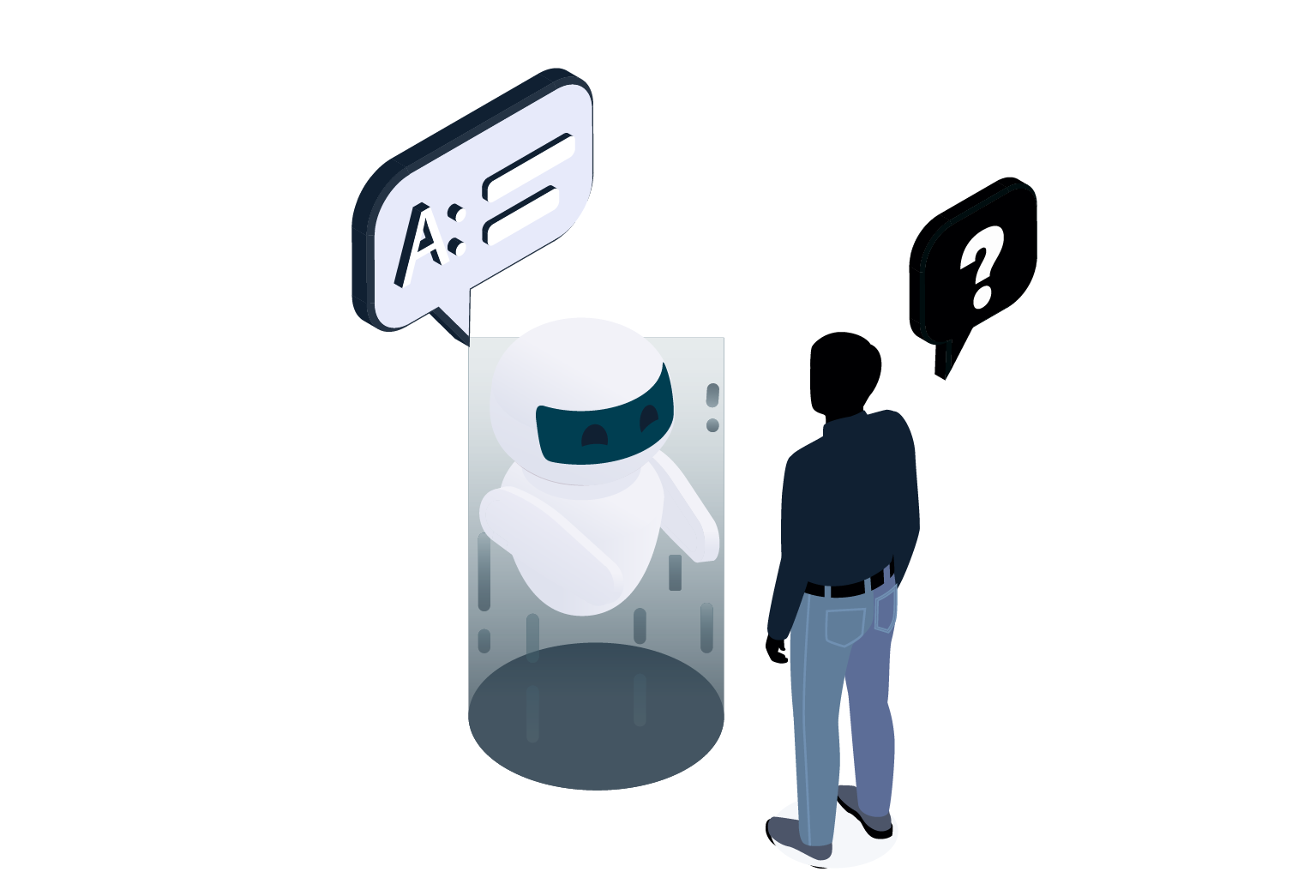 The library breaks down and deciphers client inputs utilizing a scope of machine learning algorithms, including natural language understanding (NLU) techniques. This empowers the chatbot to answer in a relevant and significant manner, understand context, and oversee confounded conversations.
The library breaks down and deciphers client inputs utilizing a scope of machine learning algorithms, including natural language understanding (NLU) techniques. This empowers the chatbot to answer in a relevant and significant manner, understand context, and oversee confounded conversations.
Through a training process, developers can give conversational information to ChatterBot, empowering it to perform better over time. A wide assortment of conversational models, from basic greetings to unpredictable exchanges, might be included in this data. Developers can ensure the chatbot is current and ready to deal with an assortment of client inputs by regularly training it with new data. The
ChatterBot library can likewise be coordinated into different platforms and applications, including voice assistants, messaging apps, and websites. It additionally upholds various languages. Given its versatility, developers who need to integrate conversational interfaces into their projects frequently choose it. All things considered, the ChatterBot library in chatbots with Python is a helpful asset for those concentrating on natural language processing and artificial intelligence since it offers major areas of strength for a versatile system for making chatbots that can hold meaningful and natural conversations with users.
The Pattem Digital Edge in Advanced Chatbot Solutions
Our organization flourishes in giving unparalleled chatbot services on account of our creative technique, best-in-class equipment, and dedication to client fulfillment. We utilize state-of-the-art natural language processing algorithms to ensure our chatbots grasp the context, simulate human-to-human communication, and provide customized responses.
Furthermore, our versatile and adaptable solutions boost client commitment and experience across a large number of enterprises. Through rigorous training, our committed team of experts constantly works on our chatbots, ensuring ideal execution and flexibility. Being client-focused and having a track record of successful implementations, we are the go-to choice for organizations looking for the best chatbots available.
